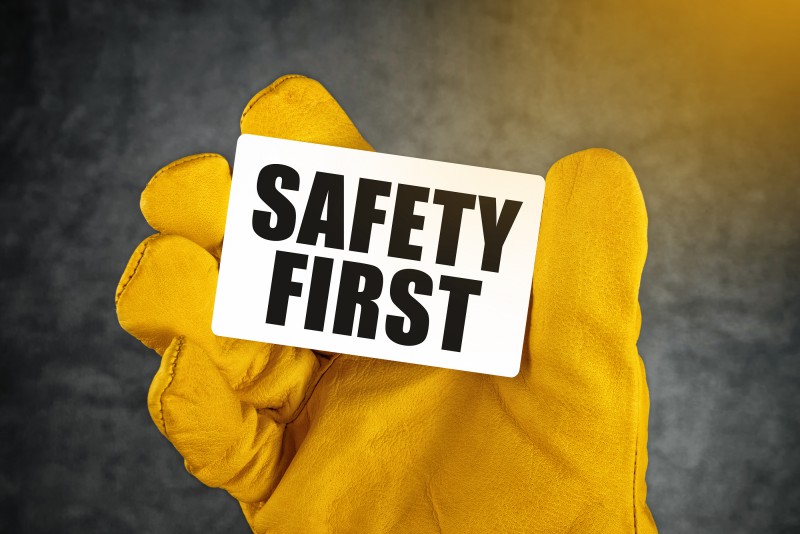In 2014, there were nearly 3 million workplace injuries and illnesses reported by the Bureau of Labor Statistics from private industry employers. The leading causes include overexertion, from tasks such as heavy lifting, falls, and being struck by objects or equipment. While some accidents and illnesses may be unavoidable, developing a strong safety culture in the workplace can have a powerful impact on keeping employees safe and healthy. In fact, the Occupational Safety and Health Administration (OSHA) even reports that that developing a strong safety culture has the single greatest impact on incident reduction of any process.
What is a safety culture?
Workplace culture is the atmosphere and environment developed by instilling and fostering shared beliefs, policies, practices, and attitudes that shape the overarching behaviors of all employees. In a safety culture, those shared beliefs and behaviors are such that everyone feels a sense of responsibility for both their personal safety and that of others in the workplace, and pursue maintaining those ideals on a daily basis. Unsurprisingly, OSHA also reports that companies with a strong safety culture typically experience few at-risk behaviors, low incident rates, low turn-over, low absenteeism, and high productivity.
Creating a Safety Culture
Creating a workplace in which everyone puts safety first is no small task, but the rewards from the effort will not only be seen in employee safety and low incident reports, but also the bottom line.
Start at the Top: Strong management buy in is essential to developing a safety culture. Often safety and health are seen as competing against priorities such as production and profitability, while in the long run this has shown to be untrue, without full top-level support, success will be severely limited.
Develop a Vision: Identifying a solid vision for what a safety culture would look is individual to each organization. Factors such as industry, number of employees and types of workplace hazards all play a role in establishing appropriate and manageable policies, goals and objectives.
Assign Roles: In order to cultivate an environment where safety is viewed as everyone’s responsibility, assigning individuals with specific roles pertaining to the company’s health and safety policies, at all levels of the organization, is necessary. This will also ensure visibility both within, and across, departments.
Evaluate Current Procedures: Once roles are assigned, compiling a comprehensive health and safety audit of the organization will reveal current strengths and weaknesses and help direct attention to where it is needed most. Additionally, discovering why certain policies are working, while others aren’t, will increase development efficiency.
Define Reporting Processes: One of the keys to success in developing a safety culture is ensuring that all health and safety issues are reported. Understanding how a small, easily overlooked, injury occurred, can help prevent a larger one. Making sure that employees feel comfortable and have multiple ways of reporting incidents and other concerns will increase accountability on all levels.
Ensure Accountability: Speaking of accountability, having a system in place to hold everyone accountable for their roles, however big or small, means that everyone will be playing by the same rules and have clearly defined expectations of themselves and leadership.
Keep Employees Informed: In order to build trust, make sure that all information is clearly documented and distributed, and that there is an expectation of transparency across all levels of the organization. This will also help everyone understand the vision and their specific role in helping to make it a reality.
Review and Revise: Developing a safety culture is an ongoing process, with no straight line to success. It may require testing certain policies and revising them if they become unmanageable. The goal of having a safety culture is that the behaviors become ingrained and are eventually not viewed as an additional work, but an expectation of everyone in an organization.
More reports from the Bureau of Labor Statistics can be found here.
More safety culture information from the Occupational Safety and Health Administration can be found here.



Leave A Comment